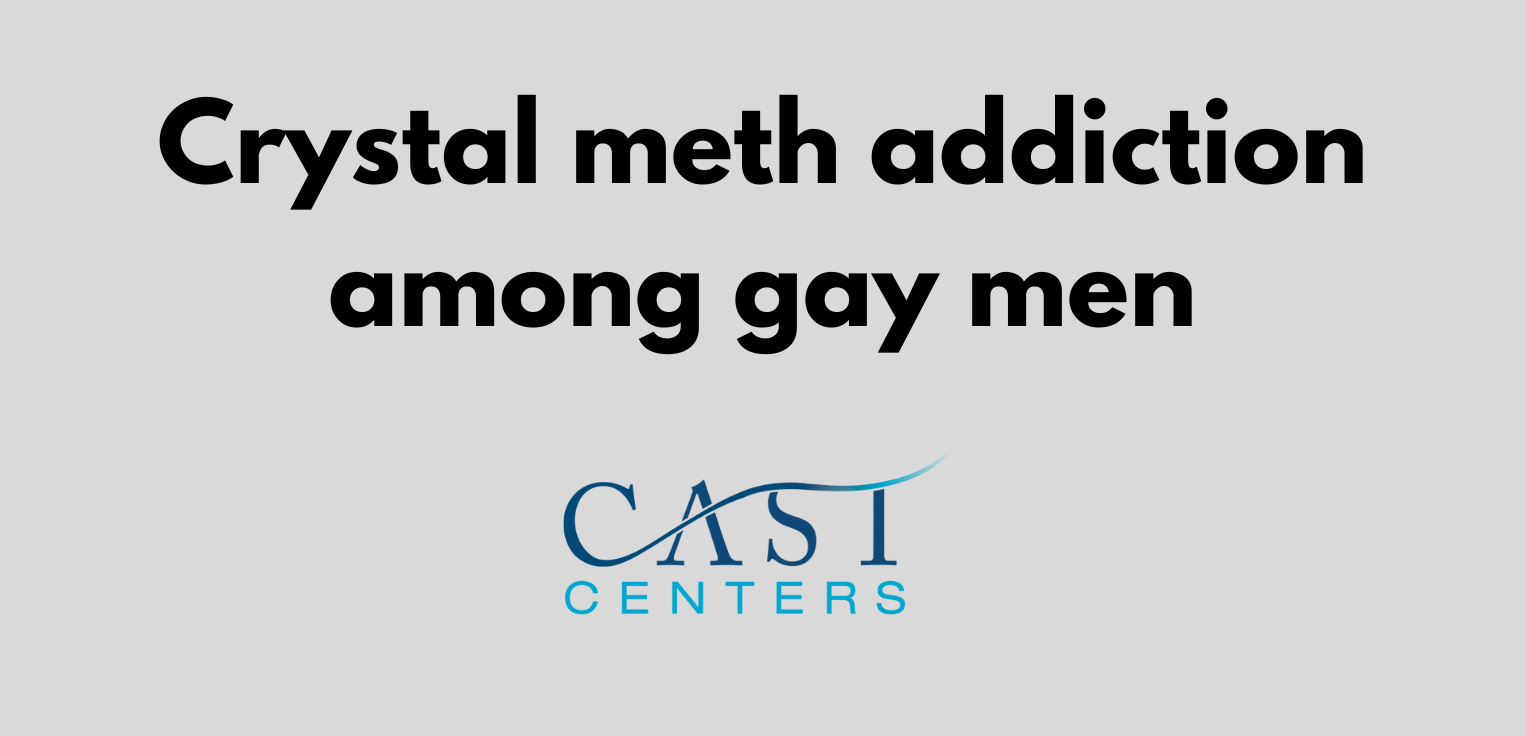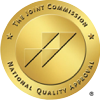Danger of PnP in gay community
Party and Play (PnP) refers to the phenomenon of engaging in sexual activities while using drugs in some segments of the gay community. This practice is often characterized by the use of stimulants like methamphetamine, GHB, MDMA, and cocaine to enhance sexual pleasure. However, the intersection of drug use and sexual behavior amplifies risks to physical and mental health and overall well-being. The danger of PnP in gay community can lead to tragic consequences. Recovery is possible from addiction at CAST Centers.
The Health Risks
Physical Health Consequences: The use of stimulants in PnP settings can lead to serious physical health issues, including cardiovascular problems, overheating, dehydration, and neurological damage. Drugs like methamphetamine have a high potential for addiction and can lead to long-term health complications, including dental problems and an increased risk of stroke and heart disease.
Sexual Health Risks: Engaging in PnP is associated with higher risks of contracting sexually transmitted infections (STIs), including HIV. The lowered inhibitions and increased sexual endurance often lead to unprotected sex, multiple sexual partners, and sexual activities that might not be engaged in when sober. This significantly raises the likelihood of exposure to STIs.
Mental Health Challenges: The use of psychoactive substances can exacerbate existing mental health issues or lead to new ones. Depression, anxiety, and psychosis are not uncommon among individuals who frequently participate in PnP. Moreover, the cycle of bingeing on drugs followed by crashing can make these mental health challenges more severe.
Social and Emotional Implications
Isolation and Stigmatization: Individuals involved in the PnP scene may find themselves increasingly isolated from non-using friends and family members. The stigma associated with drug use and addiction can make it difficult for them to seek help or connect with others outside the PnP context. This isolation can exacerbate feelings of loneliness and depression.
Relationship Strain: Relationships, both romantic and platonic, can suffer significantly when involved in PnP. Trust issues, emotional detachment, and prioritization of drug use over relationship maintenance are common problems. The strain will potentially leading to the breakdown of important personal connections.
The Risk of Addiction
One of the most significant dangers of PnP is the high risk of developing an addiction. Stimulants used in these settings are particularly addictive and can quickly lead to physical and psychological dependence. The pursuit of the high often leads to a cycle of addiction that can be difficult to break without professional help.
Legal Implications and Safety Concerns
Legal Risks: The possession and use of many drugs popular in PnP contexts are illegal in most jurisdictions. Being caught with these substances can lead to legal consequences, including arrest. Moreover, the environments in which PnP often occurs can sometimes be unsafe or involve illegal activities beyond drug use.
Safety Concerns: Parties where PnP is common can sometimes be unsafe. Overdoses are a risk, especially with drugs like GHB, which have a narrow margin between the dose that produces the desired effects and that which can be lethal. There’s also the risk of encountering violence or exploitation, particularly for younger or more vulnerable individuals in the community.
Addressing the Issue of the danger of PnP in gay community
The dangers of PnP in the gay community necessitate a comprehensive approach to mitigation and prevention. This includes:
- Education and Awareness: Providing accurate information about the risks associated with PnP and how to engage in safer sex and drug use practices.
- Support Networks: Offering support groups and resources for those looking to reduce their drug use or navigate their sexuality in healthier ways.
- Accessible Treatment: Ensuring that those who wish to stop using drugs have access to effective treatment options, including treatment if necessary.
- Community Engagement: The gay community and its allies can play a crucial role in creating environments that discourage PnP and promote healthier alternatives.
Party and Play represent a significant health and social issue within the gay community, necessitating awareness, and support to mitigate its dangers. By addressing the underlying factors that contribute to PnP the community can work towards healthier and more fulfilling relationships.






